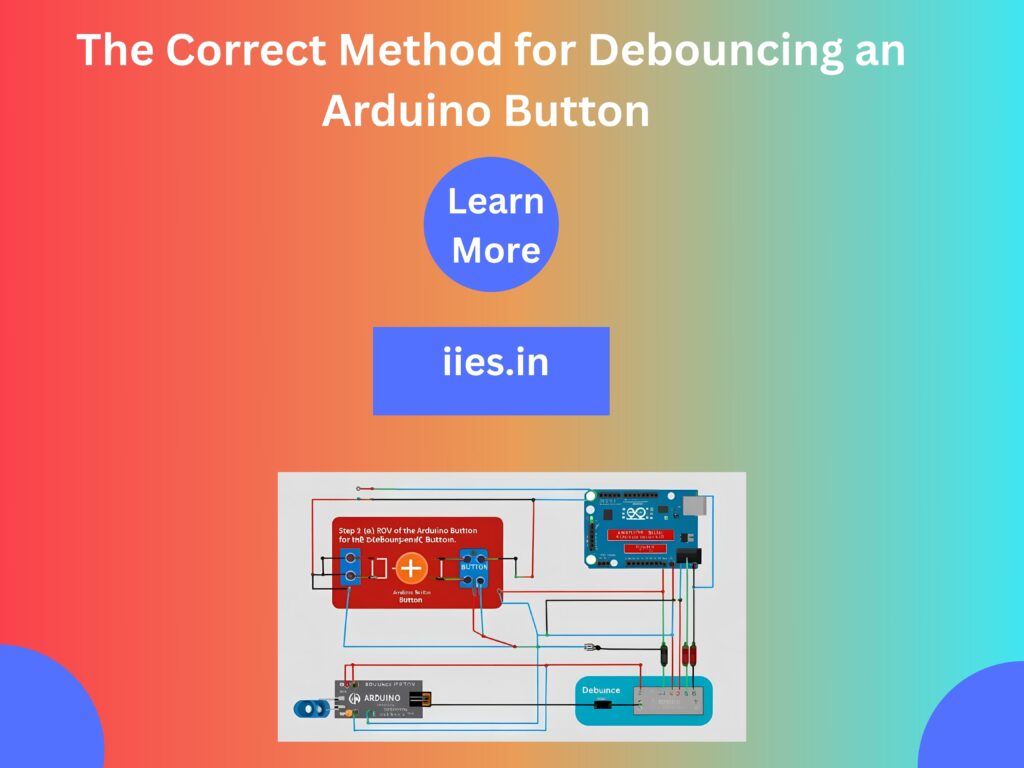
Mechanical buttons are simple components, but they can introduce a critical issue in microcontroller-based systems like Arduino—switch bouncing. When a button is pressed or released, the internal metal contacts physically bounce off each other before settling, causing a series of rapid, unintended electrical signals. This means the Arduino may detect multiple presses when only one occurred, leading to unpredictable results like flickering LEDs, incorrect menu selections, or multiple unintended triggers.
To avoid these problems, debouncing is essential. Debouncing can be done in two main ways: through hardware solutions like RC low-pass filters or Schmitt trigger ICs, and through software techniques using timing logic such as delay() or non-blocking functions like millis(). For larger or more complex applications, using libraries like Bounce2 streamlines the process and improves scalability, especially when managing multiple buttons.
By understanding how switch bounce occurs and implementing the right debouncing strategy, you ensure your Arduino projects are responsive, reliable, and professional. Whether you’re building simple toggles or complex control systems, proper debouncing is a fundamental skill that dramatically improves system stability.
Because the internal contacts of mechanical switches physically vibrate against one another when they are pressed or released, the electrical signal fluctuates quickly and briefly. The average bounce time ranges from 1 to 50 ms, depending on:
As a result, an Arduino might recognize several “press” events for a single physical movement.
In microcontroller systems, bouncing can result in erroneous triggers that: Set off several interruptions erratically activate
and deactivate outputs create inconsistent behavior in control systems, counters, and menus In other words, your system starts to fail.
a) RC Low-pass Filter By removing quick, minor glitches, a resistor (R) and capacitor (C) can reduce Circuit: Typical pull-up resistor (10kΩ) Capacitor (~0.1µF) between GND and the button How it works: The capacitor charges and discharges slowly enough to filter out tiny faults when bouncing takes place.
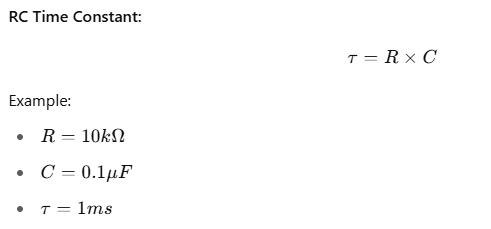
You want a time constant that is both short enough for a quick response and longer than the average bounce period.
b) The Schmitt Trigger
Make use of hardware that needs a distinct voltage threshold in order to change states:
Software debounce is more adaptable and frequently enough on its own.
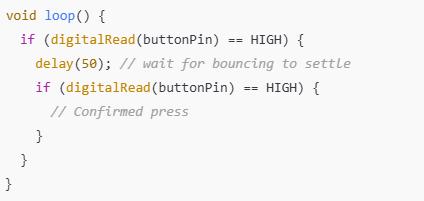
Easy
Code execution is frozen(not good for multitasking).
Debounce using millis() to verify time in a professional manner.
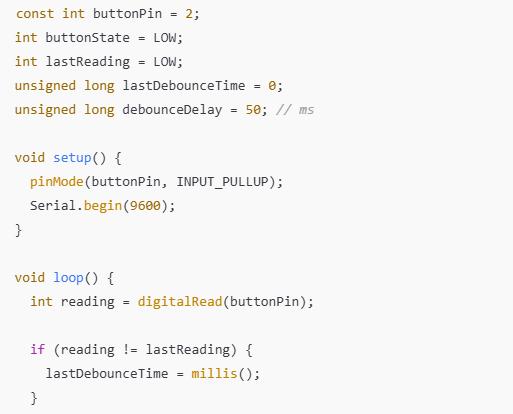
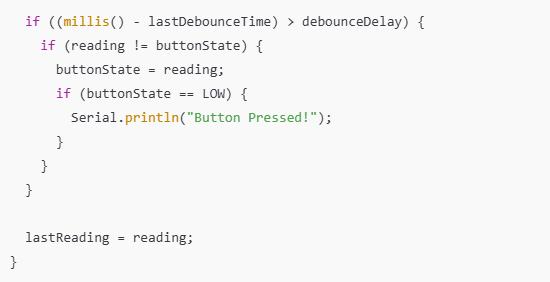
Debounce time selection is based on: Quality of the button (mechanical versus tactile) Reactivity of the project

Over- Debouncing (too long) might impair
Responsiveness in essential systems!
All of the complexity is abstracted using the Arduino Bounce2 library:
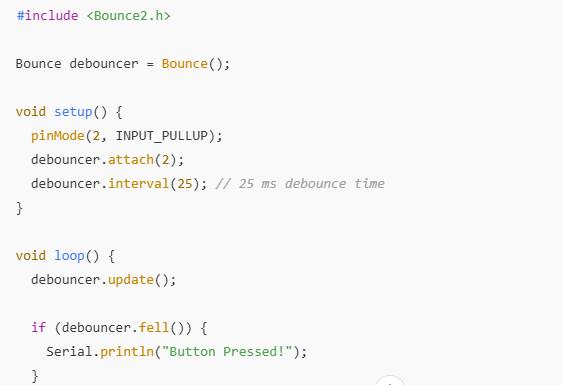
Advantages:
Debounce mechanical switch inputs at all times. Use internal or external pull-up or pull-down resistors. Combine hardware and software debounce for projects requiring high reliability. For multitasking or real-time systems, use non-blocking debounce.
Constructing a Trustworthy Button Toggle, with every legitimate press, Turn on an LED:
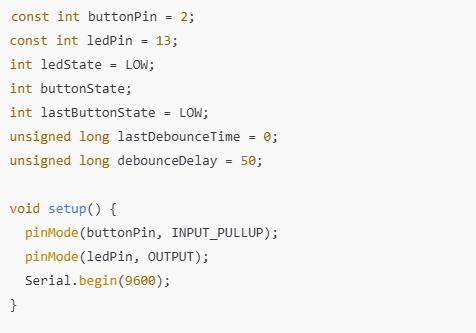

As a result, the LED reliably turns on and off with each physical press.
One of the first issues Arduino developers face is button bouncing, which can be fixed correctly to distinguish a professional project.
You now understand: The reasons behind bouncing
Your projects will behave much more consistently if you start clean and debounce everything!
Indian Institute of Embedded Systems – IIES